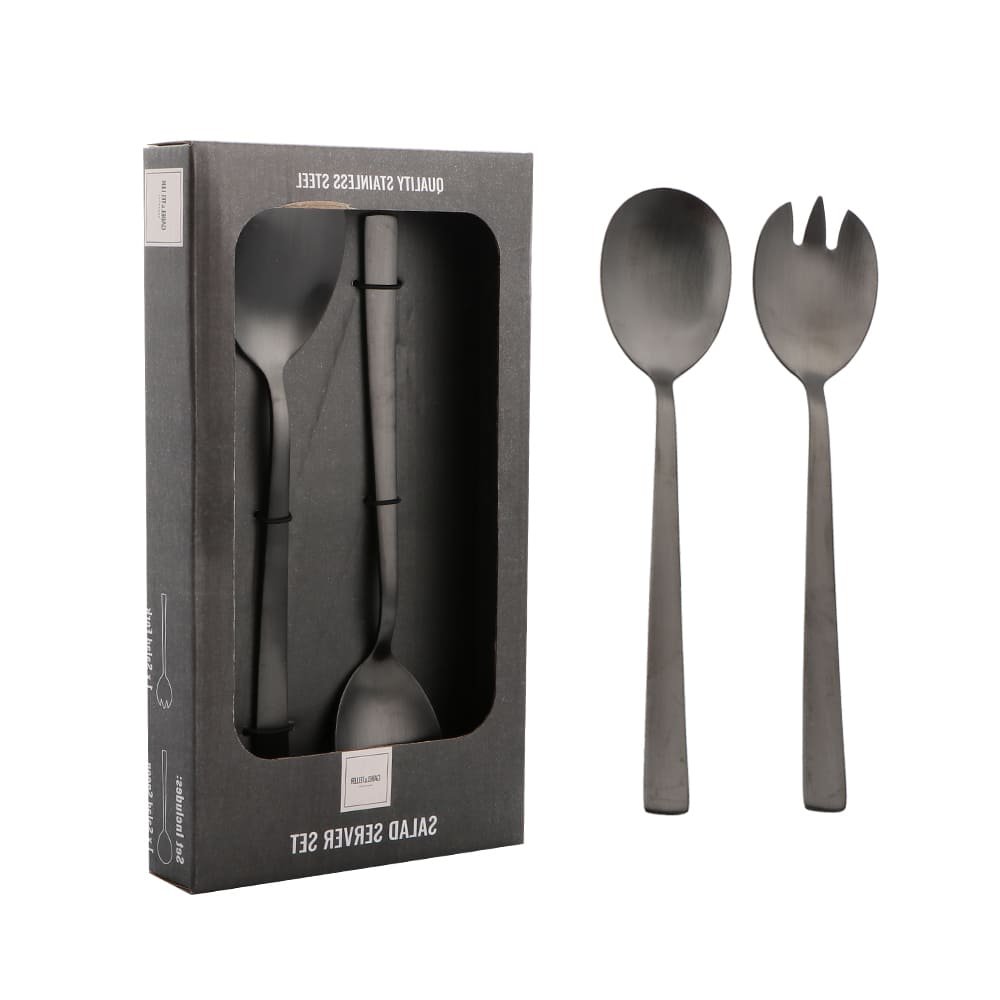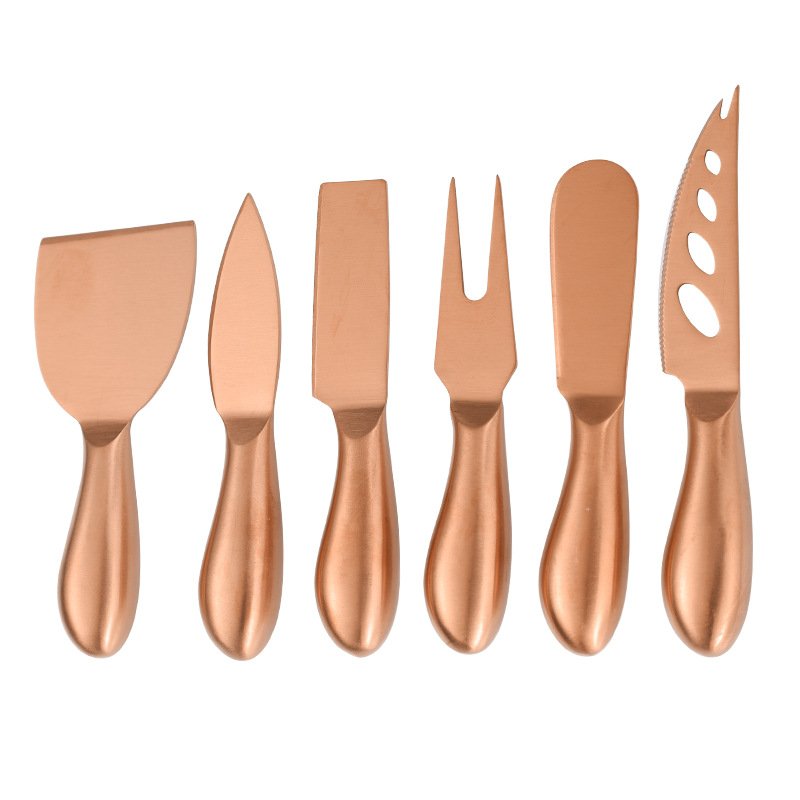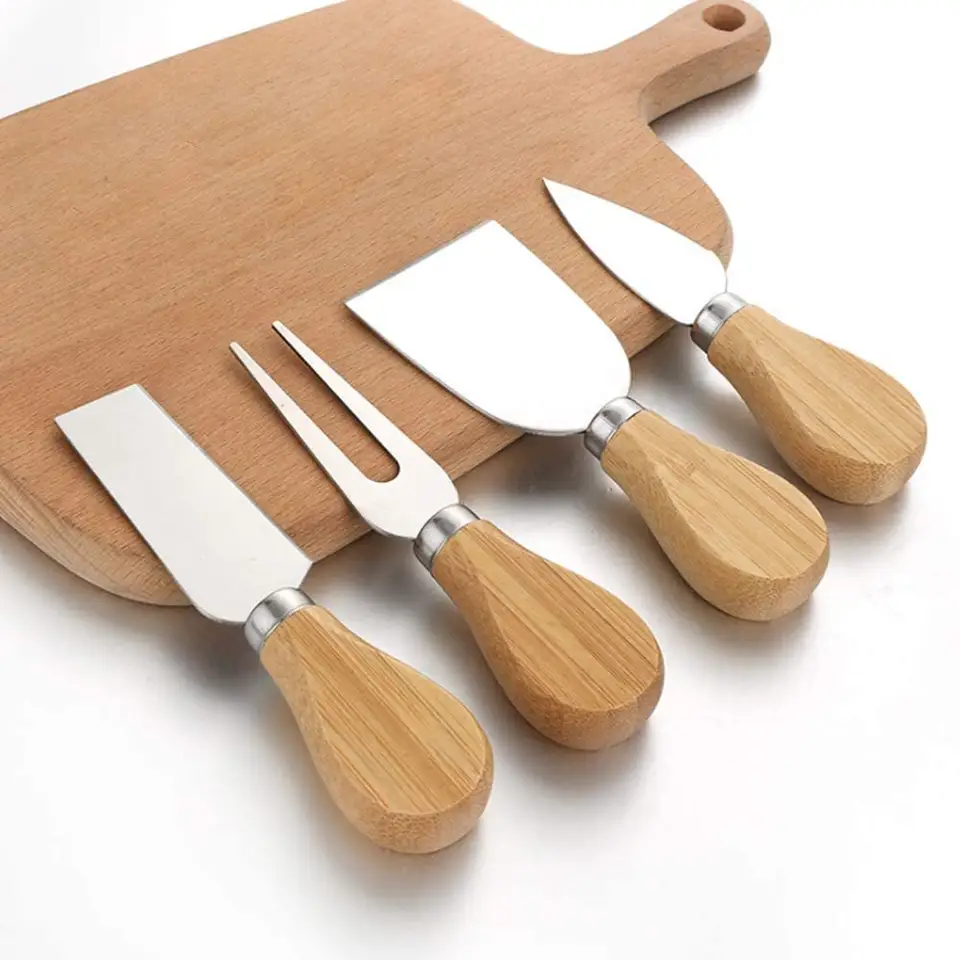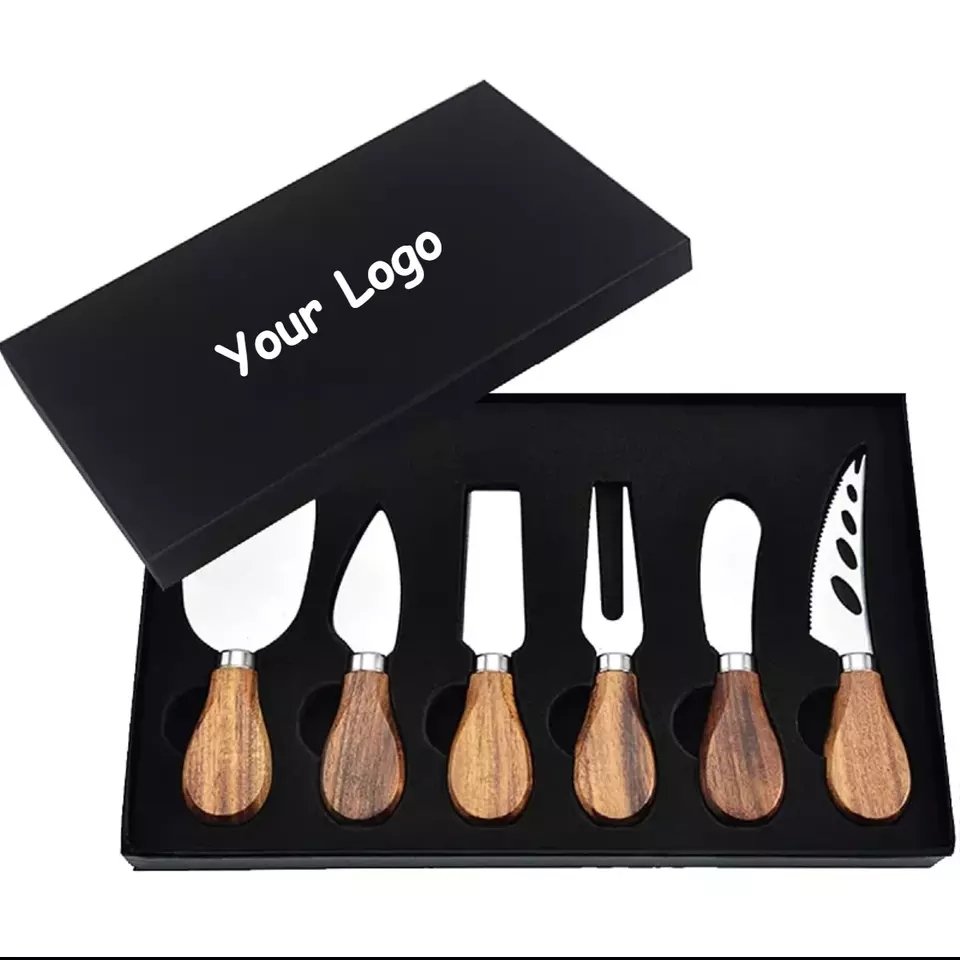When it comes to finding the right salad spoon, it is easy to get lost with all the steel options out there. Let’s make it simple.
The best steel for salad spoons is usually high-grade stainless steel, offering both durability and safety for daily use.
Choosing the best steel for your salad spoon can affect not just how it looks, but also how long it lasts. If you are serious about your tableware, stay with me as we explore more.
Table of Contents
Why does the type of steel matter for salad spoons?
A bad choice of material can ruin your dining experience, not to mention your health. Pick wisely and eat happily.
The type of steel decides your salad spoon’s durability, resistance to rust, and overall safety.
The Role of Steel Composition in Performance
Steel is not just “steel.” It is an alloy, a mix of iron and other elements. These elements decide how your spoon behaves.
| Steel Type | Chromium % | Nickel % | Key Features |
|---|---|---|---|
| 18/10 | 18% | 10% | Excellent corrosion resistance, bright glossy finish, heavy feel |
| 18/8 | 18% | 8% | Good corrosion resistance, slightly less durable than 18/10 |
| 18/0 | 18% | 0% | No nickel, more prone to rust, more affordable |
– 18/10 steel is the best. It resists rust, feels heavy in the hand, and shines longer.
– 18/8 steel is good if you want a slightly cheaper option without losing too much quality.
– 18/0 steel is for those on a strict budget but willing to accept some compromises.
I once bought a beautiful salad set from a street market. It looked nice for a few weeks, but then tiny rust spots appeared. It turned out it was made from 18/0 steel. Never again.
Always check if the seller tells you the steel grade. If they don’t, you probably don’t want it.

How can you tell if a salad spoon is made from good steel?
Good steel feels different. It looks different. And yes, it costs different.
You can spot good steel by its weight, shine, smoothness, and resistance to magnetism.
Testing Methods for Steel Quality
Before you buy, you can do a few simple tests:
| Test | How to Do It | What It Tells You |
|---|---|---|
| Weight Test | Hold the cutlery in your hand. | Heavier pieces are denser and typically higher quality. |
| Shine Test | Look at it under a light. | High-grade steel reflects light evenly without dull or foggy spots. |
| Smoothness Test | Rub your fingers along the surface. | A smooth finish with no bumps means better polishing and better steel. |
| Magnet Test | Stick a magnet to it. | 18/10 and 18/8 usually resist magnets; 18/0 sticks strongly. |
Many people overlook the simple magnet trick. Once during a trade show, I showed this trick to a client. She ended up changing her supplier after realizing she had been overpaying for low-grade steel.
When you shop online, read descriptions carefully. Look for keywords like “18/10 stainless steel” or “food-grade stainless steel.”
What makes stainless steel ideal for salad spoons?
Stainless steel is everywhere, but not all stainless steel is created equal.
Stainless steel is ideal because it resists rust, is easy to clean, and keeps food safe.
The Science Behind Stainless Steel
Let’s break down what makes stainless steel so good:
| Feature | Why It Matters | How It Helps Salad Spoons |
|---|---|---|
| Chromium Content | Forms a protective layer to prevent rust. | Keeps spoons shiny, clean, and rust-free. |
| Nickel Addition | Enhances corrosion resistance and adds a beautiful luster. | Helps spoons resist stains and maintain their shine longer. |
| Iron Base | Gives strength and durability. | Makes spoons sturdy so they won’t bend or snap easily. |
Without enough chromium, steel would just be regular steel. And regular steel rusts like crazy. For salad spoons, where you wash and reuse often, you need that invisible shield.
During my early days working with manufacturers, I saw a batch of “stainless steel” salad servers that rusted after a few uses. Turns out they were only 10% chromium. Lesson learned the hard way.
When selecting, always aim for at least 18% chromium.
Does the thickness of the spoon matter?
Yes, it matters more than you think. Thin spoons are a pain to use.
Thicker salad spoons feel better, are stronger, and last much longer.
How Thickness Affects Usability
Thickness is often overlooked. Here’s why it should not be:
| Thickness | Advantages | Disadvantages |
|---|---|---|
| Less than 2mm | Lightweight and affordable | Bends easily, feels flimsy in hand |
| 2–3mm | Good balance of weight and strength | Slightly higher cost |
| More than 3mm | Very strong with a premium, sturdy feel | Heavier to hold and more expensive |
At a dinner party I once attended, the host served salad with a spoon that bent when serving heavier toppings. It was awkward. Thicker spoons avoid this problem.
When buying, if you can, check the thickness. Even if the steel is good, if it is too thin, it will not feel satisfying to use.

Which finishing method is best for salad spoons?
Finish is not just about looks. It changes how the spoon behaves.
Mirror-finish salad spoons are the best for elegance and ease of cleaning.
Comparing Different Finishes
You will usually find three types of finishes:
| Finish Type | Features | Best Use |
|---|---|---|
| Mirror | Shiny, smooth, and elegant | Perfect for formal dining and gifting |
| Satin | Slightly matte, helps hide scratches | Great for everyday casual use |
| Sandblasted | Textured and rustic look | Ideal for outdoor parties or themed events |
A mirror finish not only looks gorgeous but also makes it harder for food particles to stick. On the other hand, satin finishes are more forgiving if you hate seeing fingerprints.
I usually recommend mirror-finish for personal use or gifting. Satin is great for restaurant owners who need something that stays good-looking after heavy use.
What is a salad serving spoon used for?
Without the right tool, serving salad can get messy and frustrating. You deserve a better experience.
A salad serving spoon is used to pick up and transfer salad from the serving bowl to individual plates without dropping pieces.
Functions and Importance of a Salad Serving Spoon
Salad serving spoons are not regular spoons. They are designed for a specific task.
| Function | Why It Matters | Benefit |
|---|---|---|
| Scooping | Holds salad portions together neatly | Makes serving clean and easy |
| Mixing | Tosses dressing evenly throughout | Ensures every bite tastes better |
| Lifting | Avoids squeezing or breaking delicate leaves | Keeps the salad looking and feeling fresher |
I once tried serving salad with a soup spoon. Lettuce fell everywhere, tomatoes rolled off the plate, and it became a mess. That day, I realized how much difference a proper serving spoon makes.
Good salad spoons often have a slightly curved shape to help cradle the greens without crushing them.
What do you call salad serving utensils?
Using the wrong name can confuse people when you order or shop. Let’s clear it up.
Salad serving utensils are called salad servers, and they usually come in pairs: one spoon and one fork.
Understanding Salad Serving Utensils
Many people mix up the terms. Here’s the breakdown:
| Utensil | Typical Shape | Main Use |
|---|---|---|
| Salad Spoon | Rounded bowl | Scooping up leaves and toppings easily |
| Salad Fork | Pronged like a regular fork | Lifting and separating salad pieces |
| Salad Servers Set | One spoon + one fork | Used together for better grip and control when serving |
During trade shows, I often get asked, “Is it just a big spoon?” No. Real salad serving sets are designed to work together. You use the fork to hold, the spoon to scoop.
This pairing helps you grip loose or heavy salad without squeezing it too much.
What is a salad server?
If you think a salad server is just a fancy name, you might be missing out.
A salad server is a specialized utensil or a set of utensils designed to serve salad neatly and efficiently.
Key Features of Salad Servers
Let’s explore what makes a true salad server:
| Feature | Purpose | Benefit |
|---|---|---|
| Large Surface Area | Holds more leafy vegetables at once | Prevents pieces from slipping or dropping |
| Shallow Bowl | Makes grabbing and mixing easier | Reduces crushing for a prettier presentation |
| Fork Design | Provides better grip on slippery foods | Makes serving quicker and easier |
Once a restaurant client told me their customers complained about messy salads. After switching to proper salad servers, complaints dropped by half.
Always pick a salad server that matches the size of your salad bowl and the type of salad you serve.
How do you use a salad spoon?
Knowing the right way to use it makes everything easier.
You use a salad spoon to scoop, lift, and transfer salad without crushing or spilling the ingredients.
Step-by-Step Guide to Using a Salad Spoon
You don’t need special skills, just the right moves:
| Step | What to Do | Tip |
|---|---|---|
| 1 | Hold the salad spoon firmly | Use your dominant hand for better control |
| 2 | Scoop gently from the bottom | This helps mix the dressing evenly |
| 3 | Lift slowly and place on the plate | Prevents drops and spills for a cleaner serve |
If you have both a spoon and a fork, use the fork to stabilize and the spoon to scoop. A well-served salad makes a big difference in a dinner party’s vibe.
What is the best steel for spoons?
All steel is not the same. Some types are simply better.
The best steel for spoons is 18/10 stainless steel because it offers top rust resistance, strength, and a brilliant shine.
Comparing Steel Grades for Spoons
Choosing the wrong steel could mean buying twice. Here’s why:
| Steel Grade | Chromium % | Nickel % | Best For |
|---|---|---|---|
| 18/10 | 18% | 10% | Premium spoons, ideal for long-term use |
| 18/8 | 18% | 8% | Everyday spoons, offering a good balance of quality and price |
| 18/0 | 18% | 0% | Budget-friendly spoons for occasional use |
During my early years working in factories, we always recommended 18/10 for premium customers. They rarely came back with complaints.
The nickel in 18/10 adds corrosion resistance and a smoother finish, making your spoons look good even after many washes.
What is a salad spoon used for?
You might think any spoon will do, but there’s a reason salad spoons exist.
A salad spoon is used to lift, mix, and serve salad neatly, without damaging the tender leaves or losing toppings.
Specialized Uses of Salad Spoons
Salad spoons have their own place at the table:
| Use | Action | Benefit |
|---|---|---|
| Serving | Lift salad cleanly | Keeps the serving neat with no mess |
| Mixing | Toss dressing evenly | Ensures better flavor distribution |
| Portioning | Control serving size | Reduces waste and keeps portions just right |
If you have ever tried using a regular dinner spoon, you know it just does not cut it. Salad spoons usually have a wider, flatter bowl to help scoop and lift more gently.
Is stainless steel good for spoons?
Not all materials perform equally, especially with everyday kitchen tools.
Yes, stainless steel is excellent for spoons because it is durable, rust-resistant, and food-safe.
Why Stainless Steel is Preferred
Steel has many variations, but stainless stands out:
| Reason | Impact | Why It Matters |
|---|---|---|
| Corrosion Resistance | No rust or staining | Increases the spoon’s lifespan |
| Strength | No bending or warping | Ensures reliability for heavy salads |
| Easy Cleaning | Dishwasher safe | Saves time and effort on maintenance |
Early in my career, I sold both stainless and aluminum options. Customers almost always returned for stainless once they compared the performance over time.
Choose stainless, and you save money and effort long term.
What do you call salad spoons?
Names can be confusing, especially when products vary so much.
Salad spoons are usually called salad servers when paired with a fork, or simply salad serving spoons when sold alone.
Naming Conventions for Salad Utensils
Different cultures and sellers may call them slightly different things:
| Term | Common Use | Notes |
|---|---|---|
| Salad Spoon | Single spoon used for serving salad | Typically used for scooping and serving |
| Salad Server | Pair of spoon and fork | Used together for better control when serving |
| Salad Tongs | Joined spoon and fork for easy grip | Perfect for tossing and serving in one motion |
One time, a German customer kept asking for “tongs” when he meant “servers.” This tiny misunderstanding delayed his order by a week.
Knowing the right term helps you order the right product faster.
How do you use salad spoons?
Using both hands may feel awkward at first, but it makes sense once you get it.
You use salad spoons by holding one in each hand to scoop, toss, and serve salad without spilling.
Techniques for Effective Salad Serving
Here is the simple method:
| Step | Action | Tip |
|---|---|---|
| 1 | Hold a spoon in each hand | Grip them like chopsticks for better control |
| 2 | Gently lift from the base of the bowl | Helps distribute the dressing evenly |
| 3 | Transfer to the plate together | Makes serving quicker and neater |
Practice makes perfect. It took me a few tries at trade shows to master serving salad without dropping anything!
Salad spoons allow for a smoother motion, protecting the shape and beauty of the salad.
What are the three different types of spoons?
Not all spoons are created equal, and knowing them can make you a smarter buyer.
The three main types of spoons are dinner spoons, soup spoons, and dessert spoons, each designed for specific tasks.
Understanding Spoon Types
Let’s quickly break it down:
| Spoon Type | Size | Use |
|---|---|---|
| Dinner Spoon | Medium | Perfect for eating main dishes |
| Soup Spoon | Large, deep bowl | Ideal for drinking soup or broth |
| Dessert Spoon | Small, shallow bowl | Best for enjoying sweets and fruits |
Salad spoons are technically a fourth type but are considered specialty items.
Many customers new to the kitchenware business often think one spoon does all. Once they understand these types, their orders become more precise and useful for their customers.





